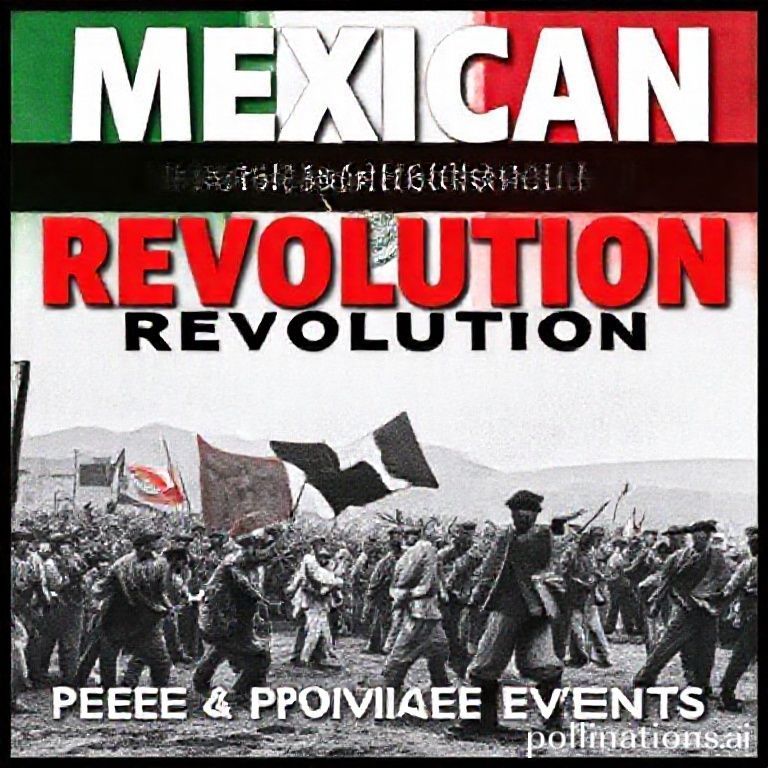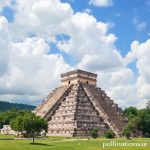The Mexican Revolution, a decade-long struggle that reshaped Mexico’s political and social landscape, is a complex and fascinating period in history. Lasting from 1910 to 1920, it involved a diverse cast of characters, from idealistic revolutionaries to opportunistic generals, all vying for power and a vision of a new Mexico. Understanding the key figures and events is crucial to grasping the revolution’s significance and its lasting impact on the nation.
This article will delve into some of the most influential personalities and pivotal moments that defined this turbulent era. We will explore the motivations, actions, and legacies of these individuals and events, shedding light on the complexities and contradictions of the Mexican Revolution.
Key Figures of the Mexican Revolution
The Mexican Revolution was driven by a multitude of figures, each with their own distinct ideologies and goals. Here are some of the most prominent:
Francisco I. Madero
Often considered the spark that ignited the revolution, Francisco I. Madero was a wealthy landowner and political reformer who challenged the long-standing rule of President Porfirio Díaz. His call for free and fair elections resonated with a population yearning for change.
- Madero’s “Plan de San Luis” called for an armed uprising against Díaz, marking the official start of the revolution in November 1910.
- Despite his initial success in ousting Díaz, Madero’s presidency was short-lived and marked by political instability and challenges from various factions.
- He was ultimately overthrown and assassinated in 1913, further plunging the country into chaos.
Emiliano Zapata
A champion of agrarian reform, Emiliano Zapata led a peasant army in the southern state of Morelos. His unwavering commitment to land redistribution and the rights of indigenous communities made him a symbol of the revolution for the rural poor.
- Zapata’s “Plan de Ayala” demanded the return of land seized by wealthy landowners and advocated for communal ownership.
- His forces, known as Zapatistas, fought fiercely for their cause, often clashing with both government troops and other revolutionary factions.
- Zapata was assassinated in 1919, but his legacy as a defender of the peasantry continues to inspire social movements in Mexico and beyond.
Pancho Villa
A charismatic and audacious military leader from the northern state of Chihuahua, Pancho Villa commanded the División del Norte, a powerful force that played a crucial role in the revolution. His daring raids and victories against government forces made him a folk hero.
- Villa’s military tactics were unconventional and often brutal, but he was known for his loyalty to his men and his commitment to social justice.
- He clashed with Venustiano Carranza, another revolutionary leader, over political differences and control of the country.
- Villa’s raid on Columbus, New Mexico, in 1916 prompted the United States to launch a military expedition into Mexico to capture him, further complicating the revolution.
Venustiano Carranza
A wealthy landowner and politician, Venustiano Carranza emerged as a leading figure in the Constitutionalist Army, which aimed to restore constitutional order after Madero’s assassination. He eventually became president of Mexico in 1917.
- Carranza’s government oversaw the drafting of the 1917 Constitution, a landmark document that enshrined many of the revolution’s ideals, including land reform, labor rights, and social welfare provisions.
- However, Carranza’s commitment to these reforms was often questioned, and he faced challenges from other revolutionary factions who felt he was not doing enough to address the needs of the people.
- He was assassinated in 1920, marking the end of the most violent phase of the revolution.
Pivotal Events of the Mexican Revolution
The Mexican Revolution was punctuated by several key events that shaped its course and outcome. Here are some of the most significant:
The Overthrow of Porfirio Díaz (1911)
After decades of authoritarian rule, Porfirio Díaz was forced to resign and flee the country in 1911, marking a major victory for the revolutionaries. This event signaled the end of the Porfiriato and the beginning of a new era in Mexican history.
The Tragic Ten Days (La Decena Trágica) (1913)
A coup d’état led by General Victoriano Huerta resulted in the overthrow and assassination of President Madero and Vice President José María Pino Suárez. This event plunged the country into further chaos and sparked widespread outrage, fueling the revolution’s momentum.
The Battle of Celaya (1915)
A series of battles between the forces of Pancho Villa and Venustiano Carranza resulted in a decisive victory for Carranza’s Constitutionalist Army. This marked a turning point in the revolution, weakening Villa’s power and solidifying Carranza’s position as the leading revolutionary figure.
The Promulgation of the 1917 Constitution
The adoption of the 1917 Constitution was a landmark achievement of the revolution. It enshrined many of the revolution’s ideals, including land reform, labor rights, and social welfare provisions, laying the foundation for a more just and equitable society.
Conclusion
The Mexican Revolution was a complex and transformative period in Mexican history. Through the actions of key figures like Madero, Zapata, Villa, and Carranza, and pivotal events such as the overthrow of Díaz and the drafting of the 1917 Constitution, Mexico underwent a profound social and political upheaval. While the revolution was marked by violence and instability, it ultimately led to significant reforms and a new national identity, shaping the country that Mexico is today. Understanding this tumultuous era is essential for appreciating the rich and complex history of Mexico.
If you enjoyed this article, don’t forget to explore more inspiring stories on Life in Mexico!
IMAGE: A sepia-toned photograph reminiscent of the early 20th century. The scene depicts Emiliano Zapata leading a group of armed campesinos on horseback through a dusty field in rural Mexico. The sun is high, casting long shadows. The mood is determined and hopeful. Zapata wears his iconic sombrero and mustache, with a rifle slung over his shoulder. The style should be realistic and evocative of the historical period.


